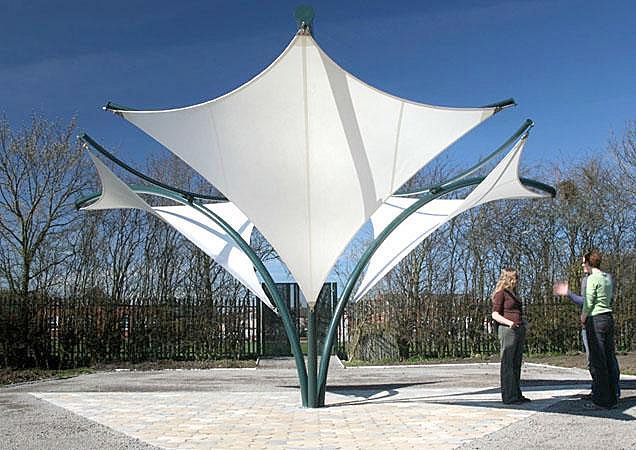
Landscape tensile structures are becoming increasingly popular in India as a way to create unique and innovative outdoor spaces. These structures are typically made from a flexible material, such as fabric or membrane, that is stretched between support points to create a visually striking form. They offer a range of benefits, including cost-effectiveness, durability, and ease of installation, making them an attractive option for many architects and designers.
One of the most common types of landscape tensile structures is the tensile fabric roof. These roofs are often used in outdoor spaces such as parks, gardens, and sports facilities to provide shade and shelter for visitors. They can be made from a range of different materials, including PVC-coated polyester, PTFE-coated fiberglass, and ETFE (ethylene tetrafluoroethylene) film.
One notable example of a landscape tensile fabric roof in India is the Cochin International Airport Terminal 3. The airport features a stunning tensile roof that covers the entire terminal building, providing shade and shelter for passengers. The roof is made from a white PTFE-coated fiberglass membrane that is stretched over a series of steel masts and cables. This creates a unique and visually striking form that has become a popular destination for visitors and travelers alike.
Another example of a landscape tensile fabric roof in India is the Maharashtra Cricket Association Stadium in Pune. The stadium features a large tensile roof that covers the seating area, providing shade and shelter for spectators. The roof is made from a white PVC-coated polyester membrane that is supported by a series of steel arches. This creates a distinctive and futuristic appearance that has become a popular feature of the stadium.
Landscape tensile membrane structures are another popular option in India. These structures are typically made from a PVC-coated polyester or PTFE-coated fiberglass membrane that is stretched between support points to create a unique and visually striking form. They offer a range of benefits, including high durability, weather resistance, and low maintenance.
One notable example of a landscape tensile membrane structure in India is the Nehru Science Centre in Mumbai. The science center features a large tensile membrane roof that covers the atrium and exhibition areas. The roof is made from a white PVC-coated polyester membrane that is supported by a series of steel cables and masts. This creates a large open space that is flooded with natural light, making it an ideal environment for exhibitions and events.
Another example of a landscape tensile membrane structure in India is the Kolkata International Convention Centre. The convention center features a large tensile membrane roof that covers the main hall, providing shade and shelter for visitors. The roof is made from a white PTFE-coated fiberglass membrane that is supported by a series of steel masts and cables. This creates a unique and visually striking form that has become a popular destination for events and conferences.
Overall, landscape tensile structures offer a range of benefits that make them an attractive option for architects and designers in India. Whether used to create shade structures, rain shelters, or large-scale installations, they offer a unique combination of form, function, and adaptability that is sure to continue driving their popularity in the years to come. With the increasing demand for innovative and sustainable outdoor spaces, landscape tensile structures are sure to play an increasingly important role in the landscape architecture of India and beyond.
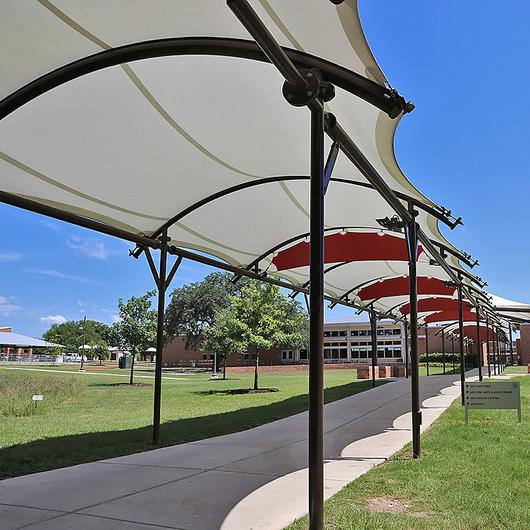 Walkway Structure
Walkway Structure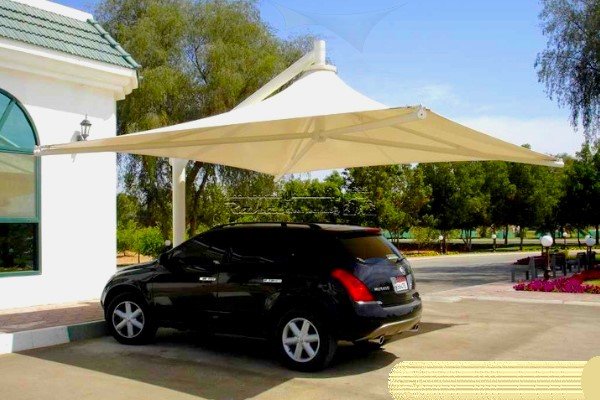 Tensile Umbrella
Tensile Umbrella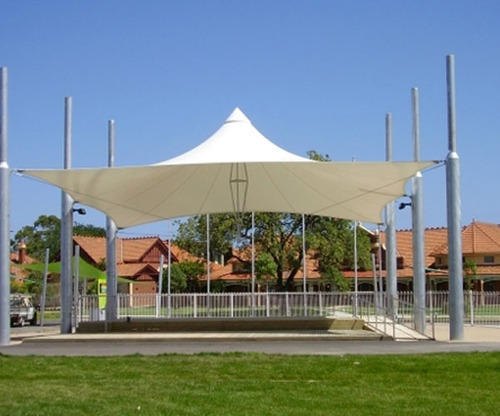 Tensile Gazebo
Tensile Gazebo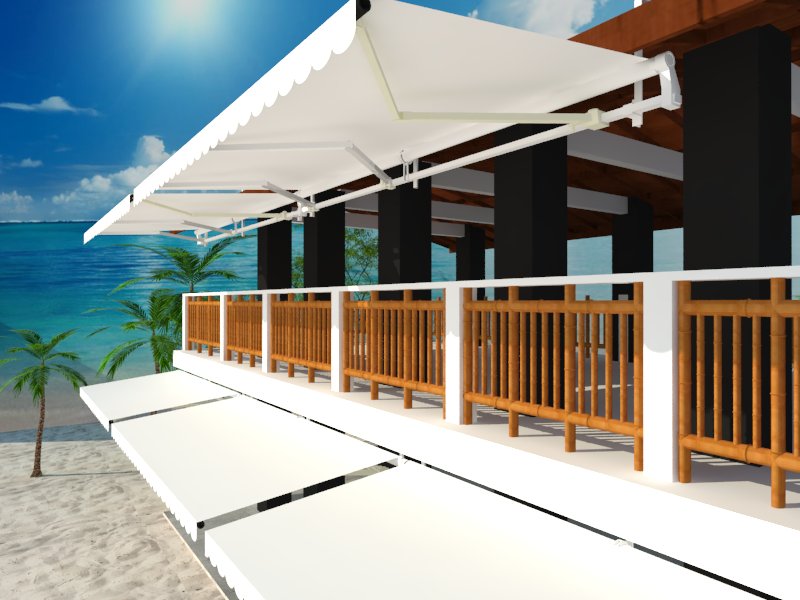 Awning Shade
Awning Shade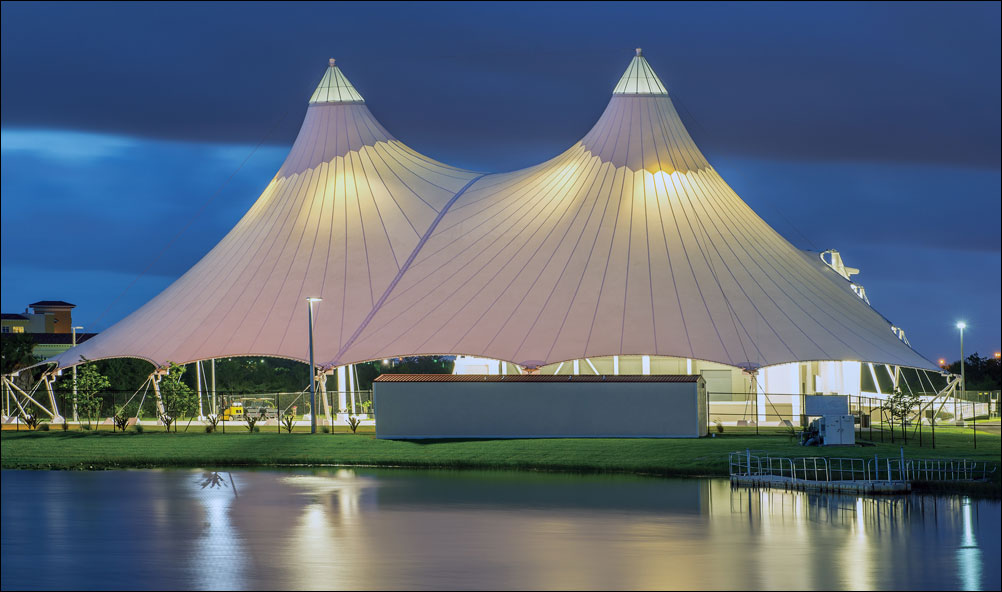 Tensile Structure
Tensile Structure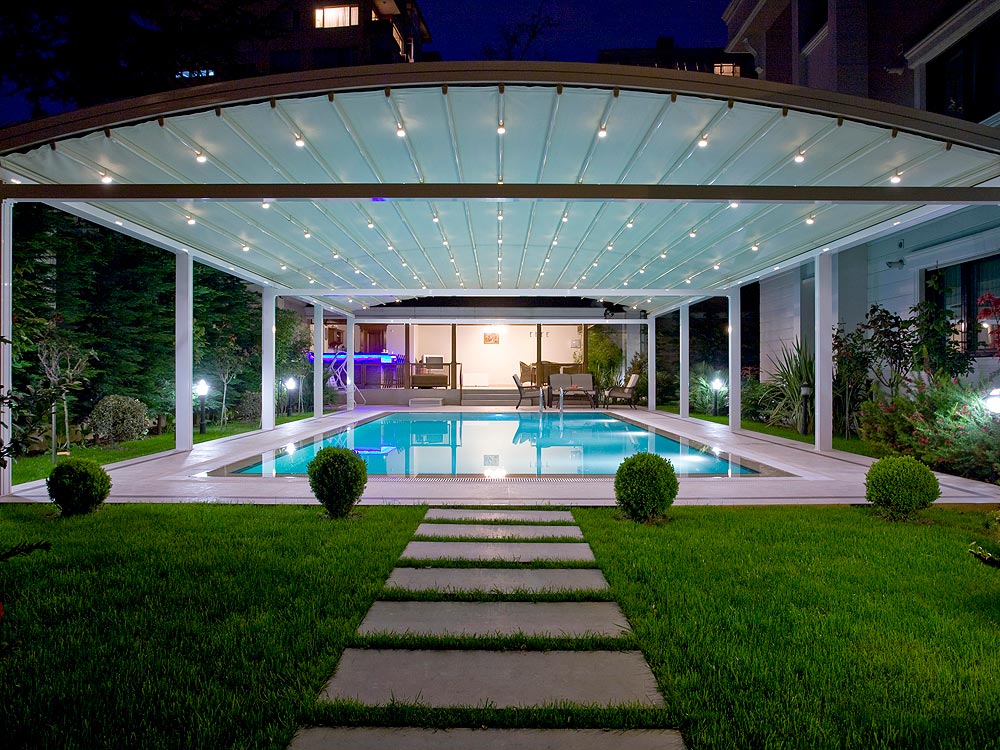 Swimming Pool Enclosures
Swimming Pool Enclosures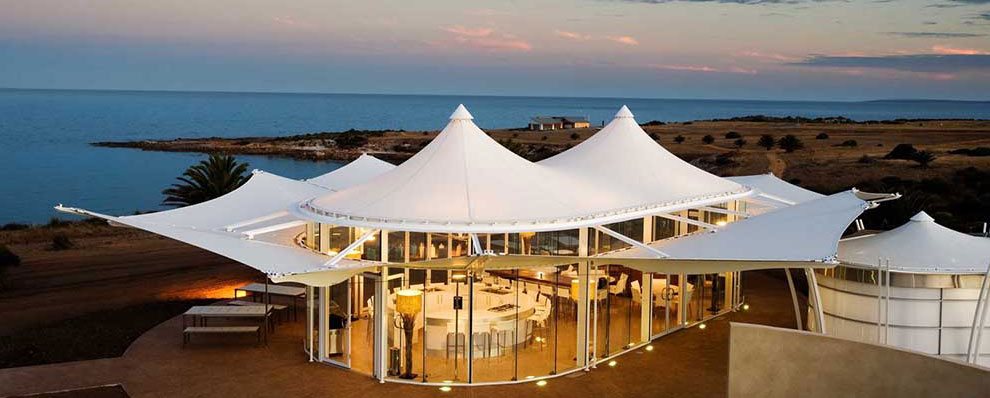 Tensile Roof Shade
Tensile Roof Shade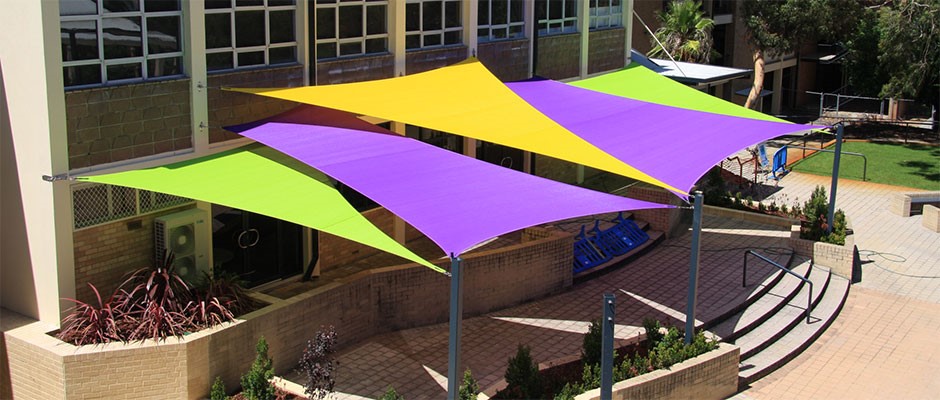 Shade Sail
Shade Sail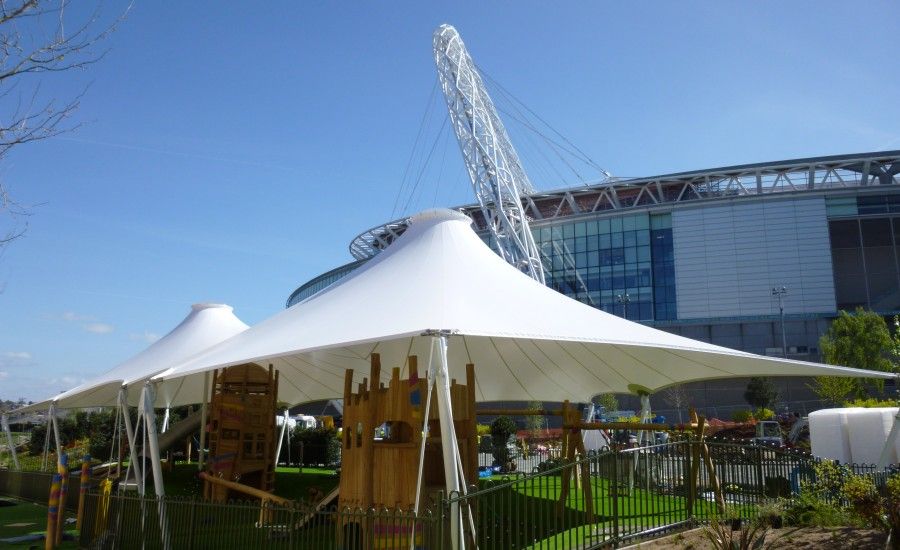 Architectural Umbrellas
Architectural Umbrellas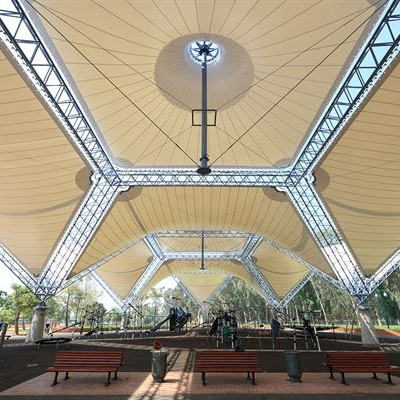 Auditorium Tensile Structure
Auditorium Tensile Structure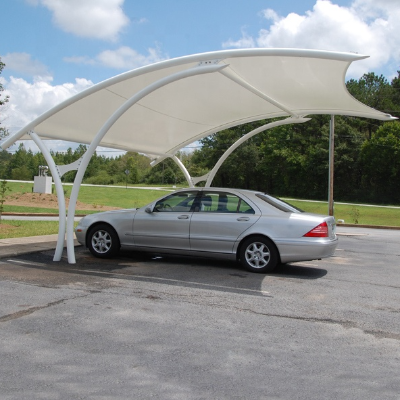 Tensile Car Parking
Tensile Car Parking Conical Tensile Structure
Conical Tensile Structure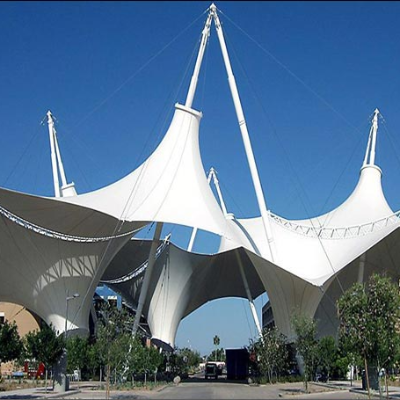 Modular Tensile Structure
Modular Tensile Structure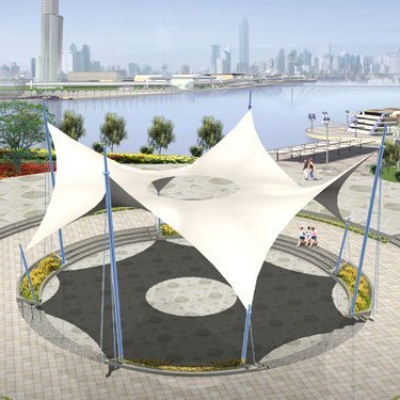 Outdoor Tensile Structures
Outdoor Tensile Structures Swimming Pool Tensile Structure
Swimming Pool Tensile Structure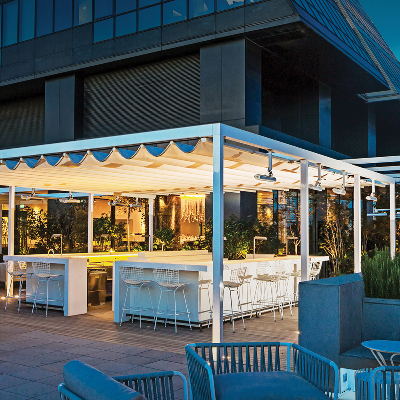 Retractable Roof
Retractable Roof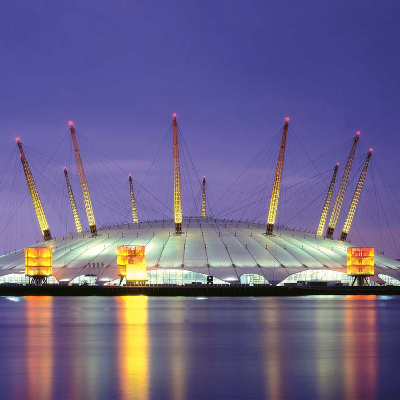 Tensile Architecture
Tensile Architecture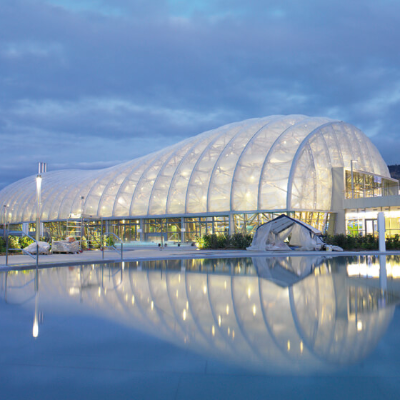 Tensile Membrane Structure
Tensile Membrane Structure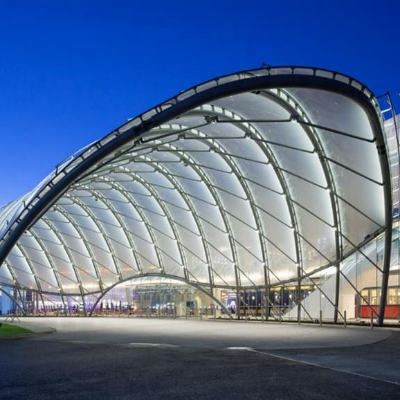 Tensile Roof
Tensile Roof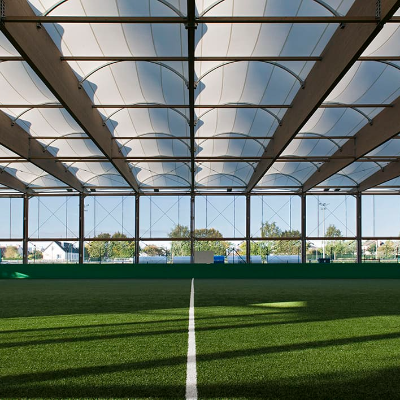 Fabric Roof
Fabric Roof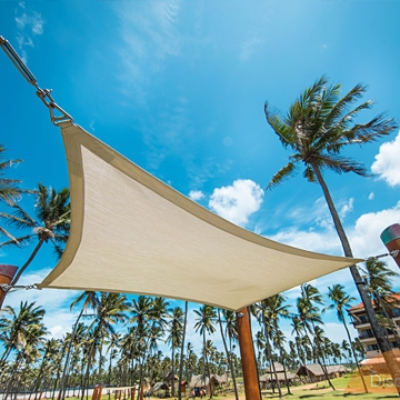 Hyper Tensile Structure
Hyper Tensile Structure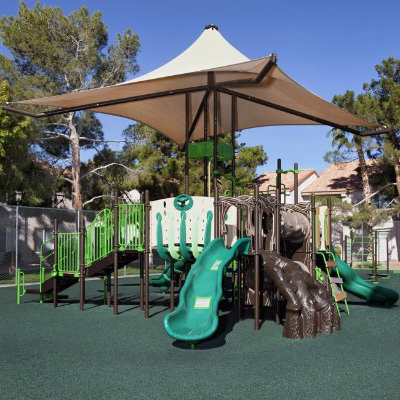 Playground Canopies
Playground Canopies Tensile Canopy
Tensile Canopy Tensile Fabric Structure
Tensile Fabric Structure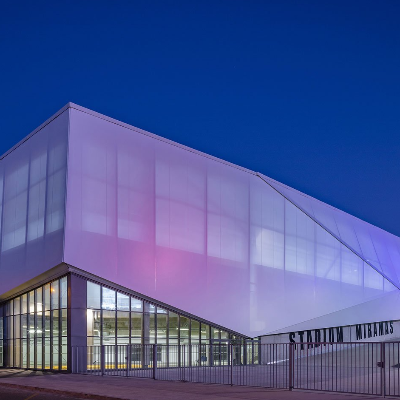 Tensile Facade
Tensile Facade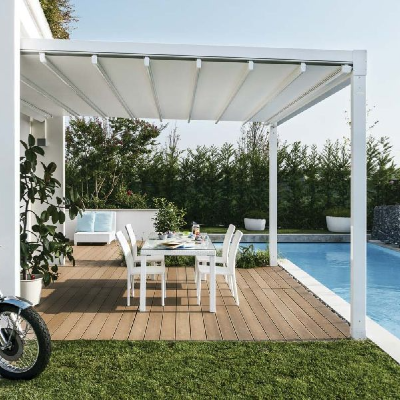 Tensile Pergola
Tensile Pergola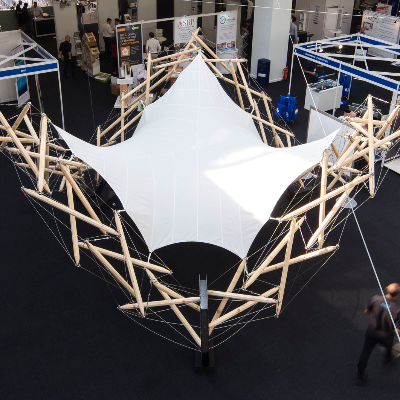 Tension Fabric Structure
Tension Fabric Structure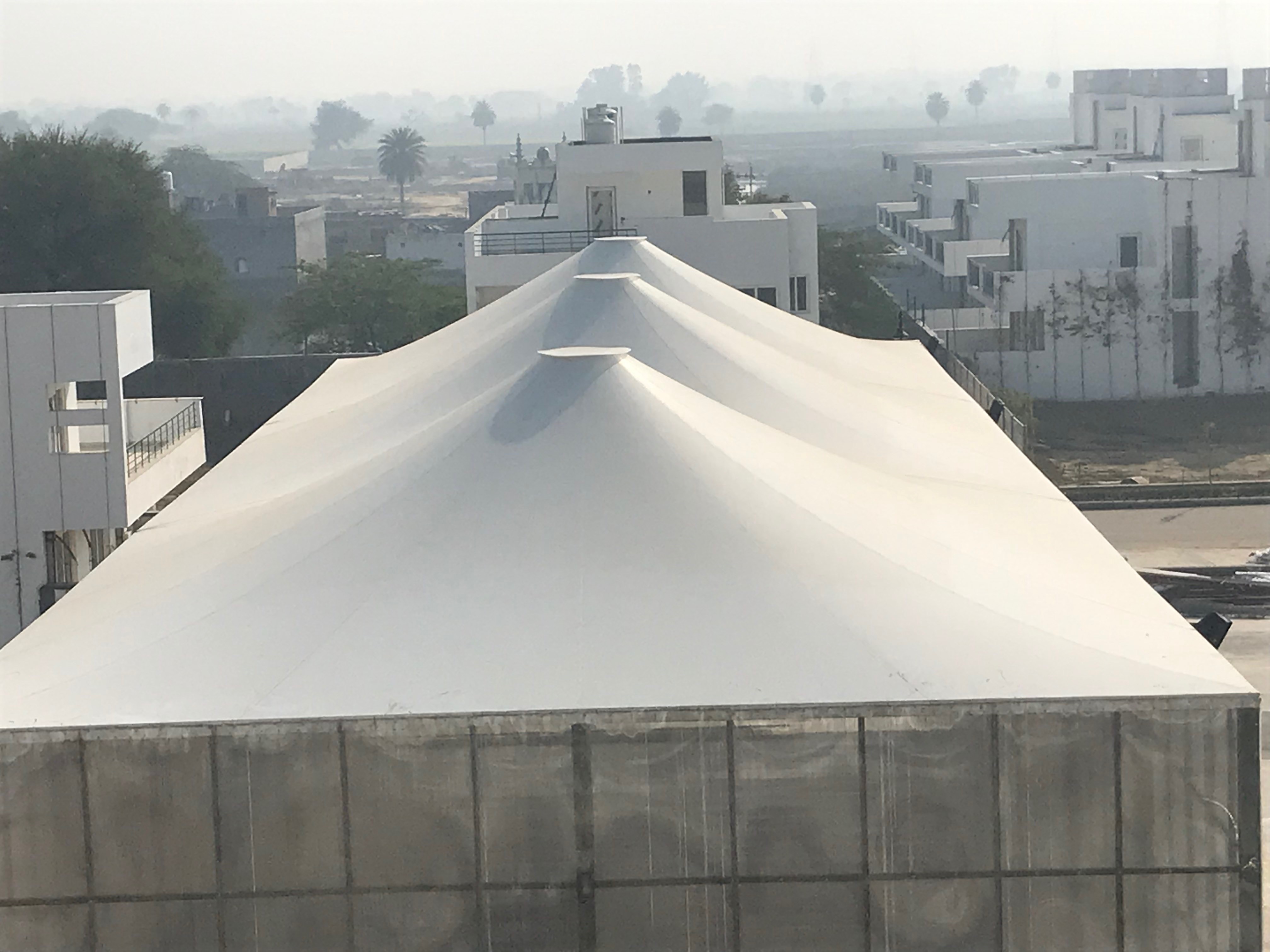 Badminton Court Tensile Structure
Badminton Court Tensile Structure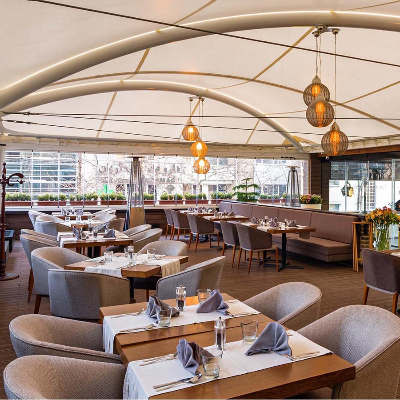 Restaurants Tensile Structure
Restaurants Tensile Structure Cantilever Tensile Structure
Cantilever Tensile Structure Inverted Umbrella Tensile Structure
Inverted Umbrella Tensile Structure Amphitheater Tensile Structure
Amphitheater Tensile Structure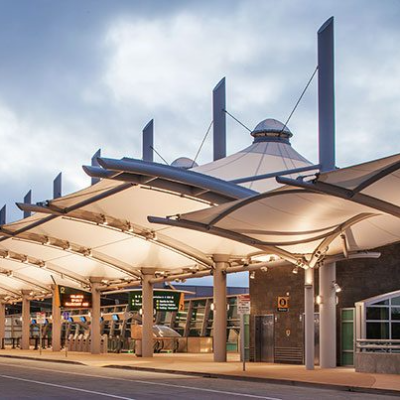 Airport Tensile Structure
Airport Tensile Structure Tensile Shelter
Tensile Shelter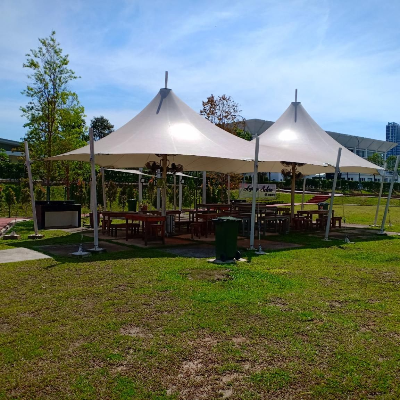 Lawn Tensile Structure
Lawn Tensile Structure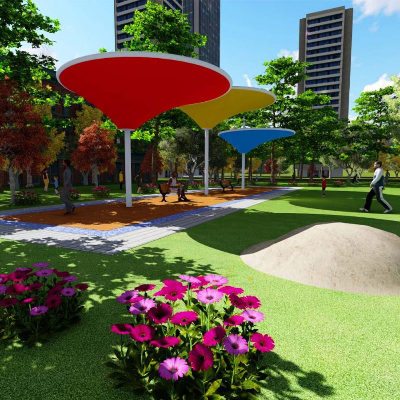 Garden Tensile Structure
Garden Tensile Structure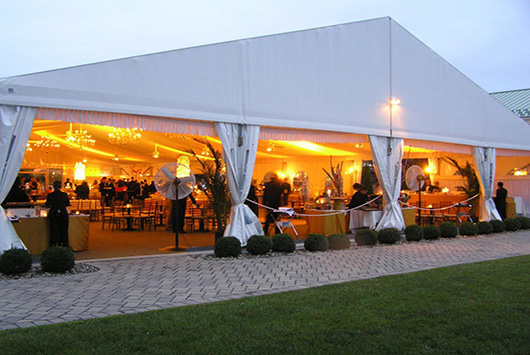 Marriage Hall Tensile Structure
Marriage Hall Tensile Structure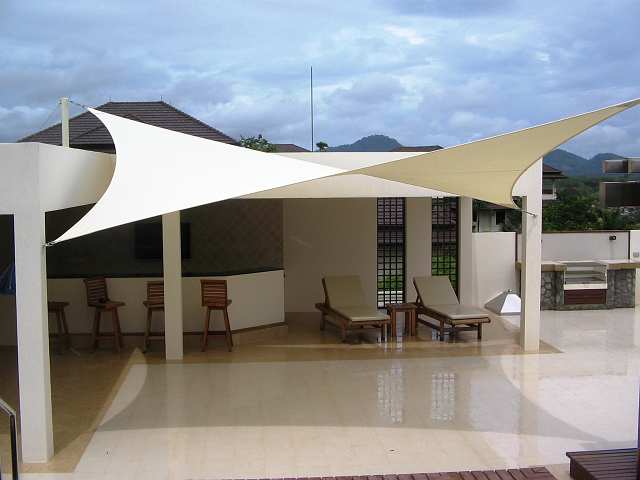 Terrace Tensile Structure
Terrace Tensile Structure House Tensile Structure
House Tensile Structure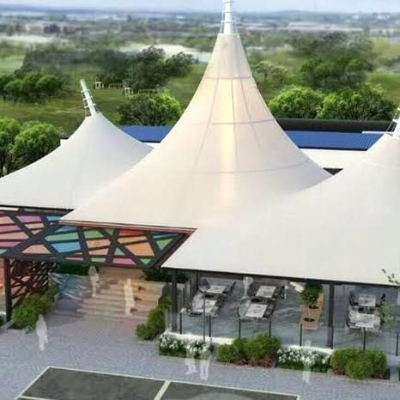 Roofing Tensile Structure
Roofing Tensile Structure Tensile Structure for Building
Tensile Structure for Building Tensile Structure for Parking
Tensile Structure for Parking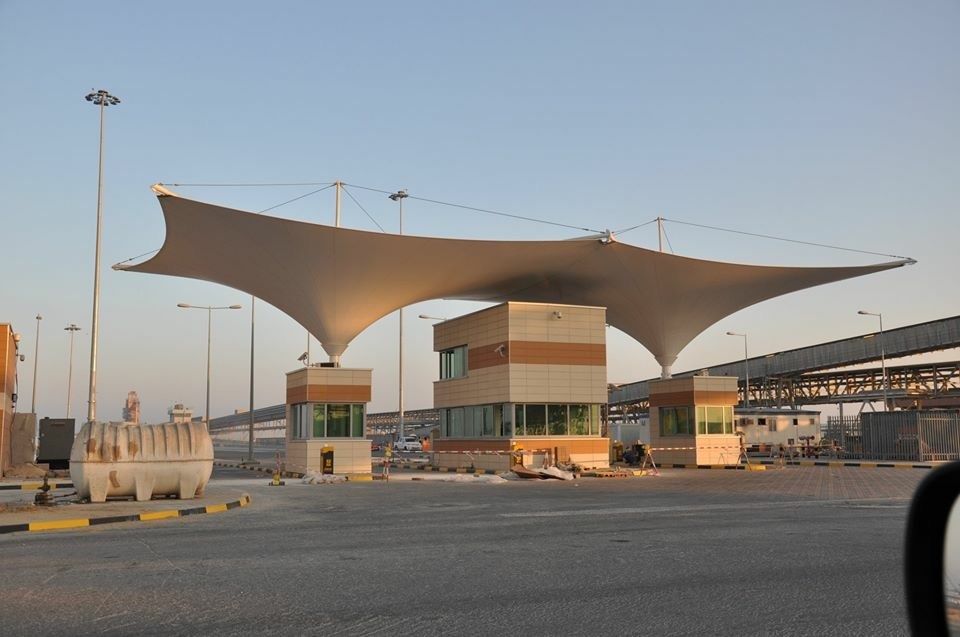 Tensile Structure for Entrance Canopy
Tensile Structure for Entrance Canopy Tensile Structure for Public Spaces
Tensile Structure for Public Spaces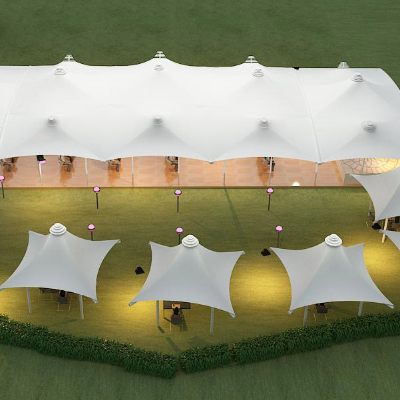 Tensile Structure for Banquet
Tensile Structure for Banquet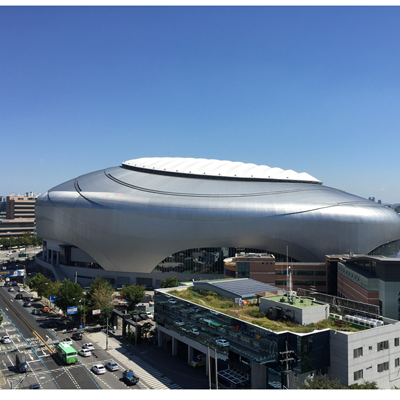 Anticlastic Structure
Anticlastic Structure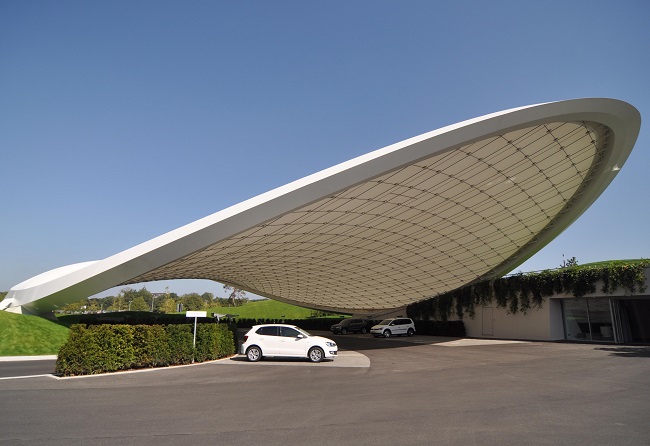 Synclastic Structure
Synclastic Structure Linear Tensile Structures
Linear Tensile Structures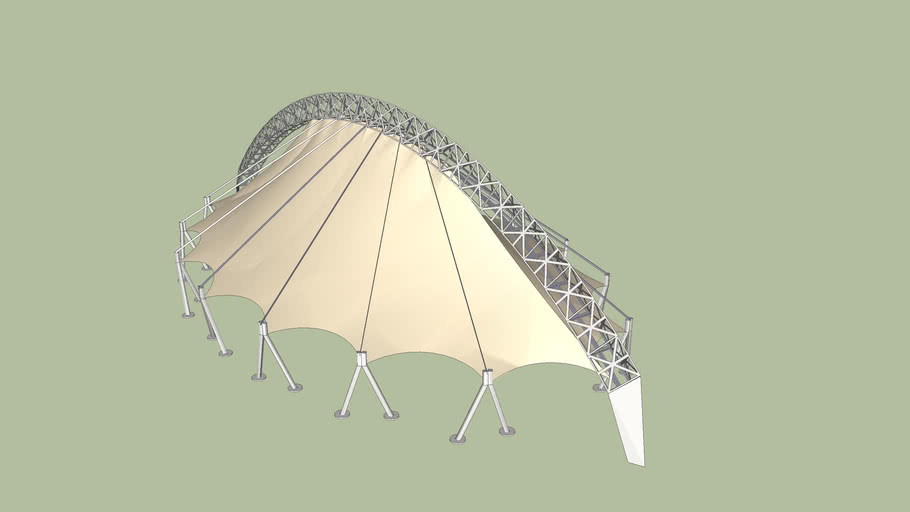 Three Dimensional Tensile Structures
Three Dimensional Tensile Structures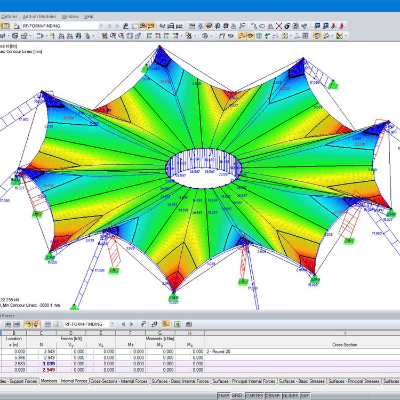 Surface Stressed Tensile Structures
Surface Stressed Tensile Structures Cable Net Membrane Structure
Cable Net Membrane Structure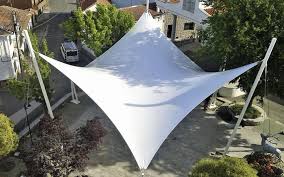 Hyperbolic Paraboloid Tensile Structure
Hyperbolic Paraboloid Tensile Structure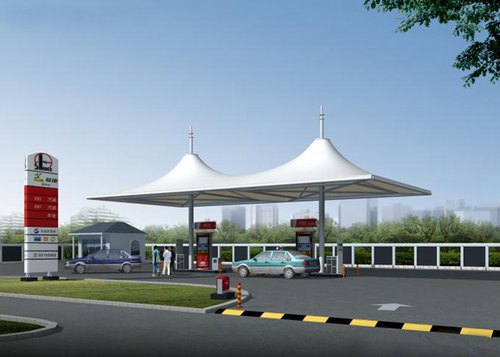 Petrol Pump Tensile Canopy
Petrol Pump Tensile Canopy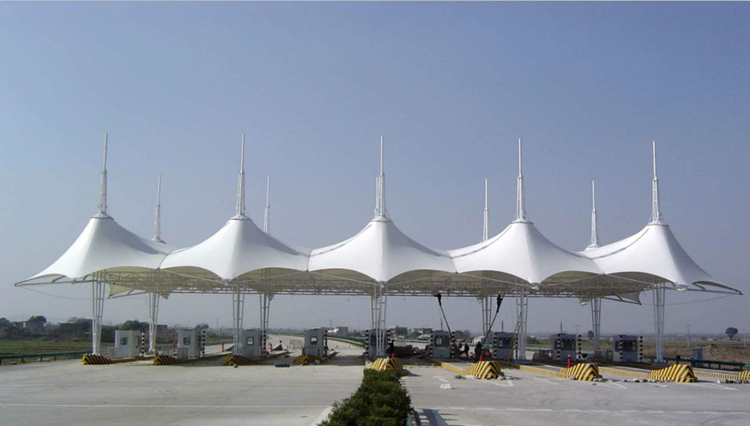 Toll Plaza Tensile Canopy
Toll Plaza Tensile Canopy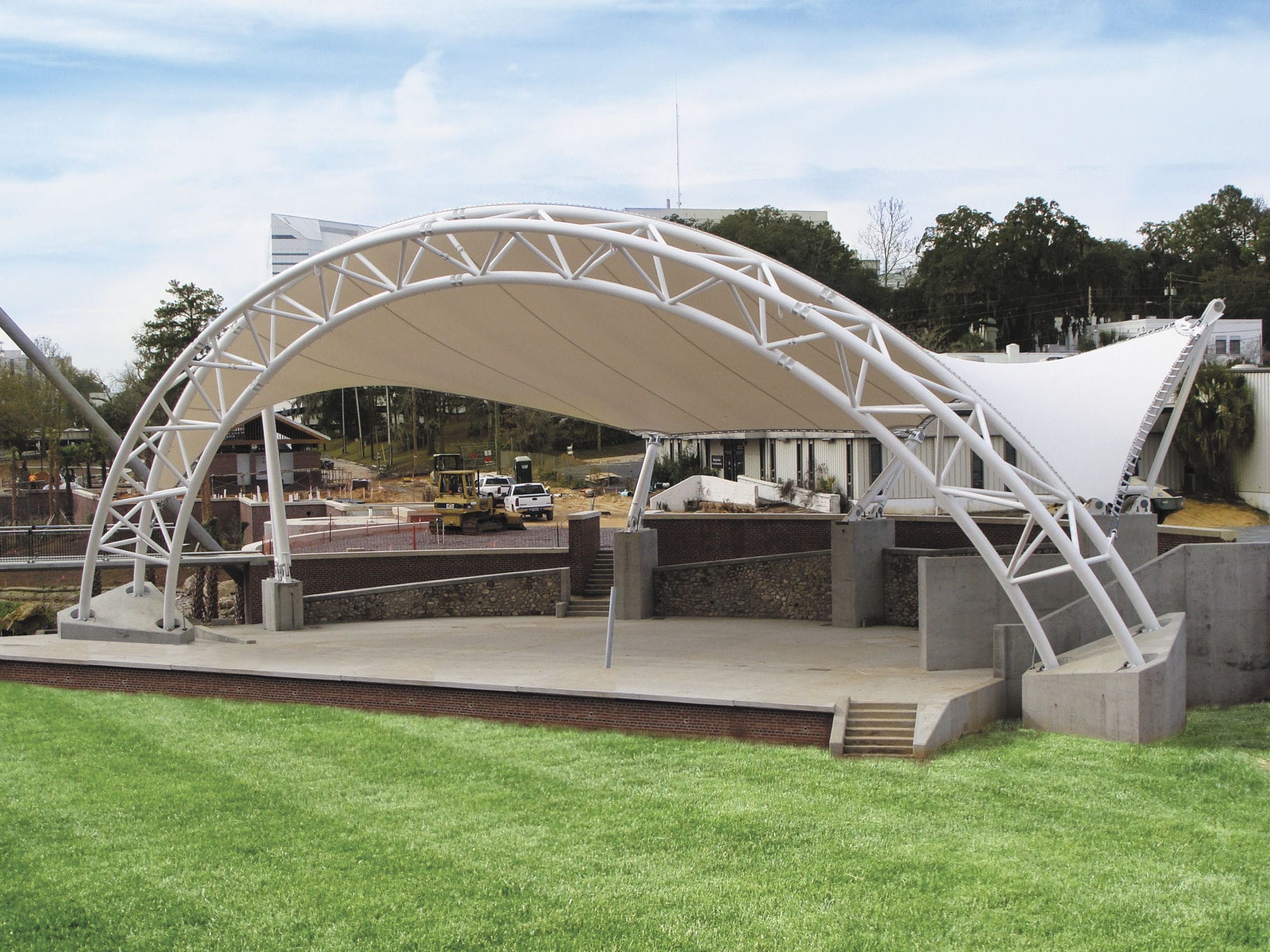 Arch Supported Tensile Structure
Arch Supported Tensile Structure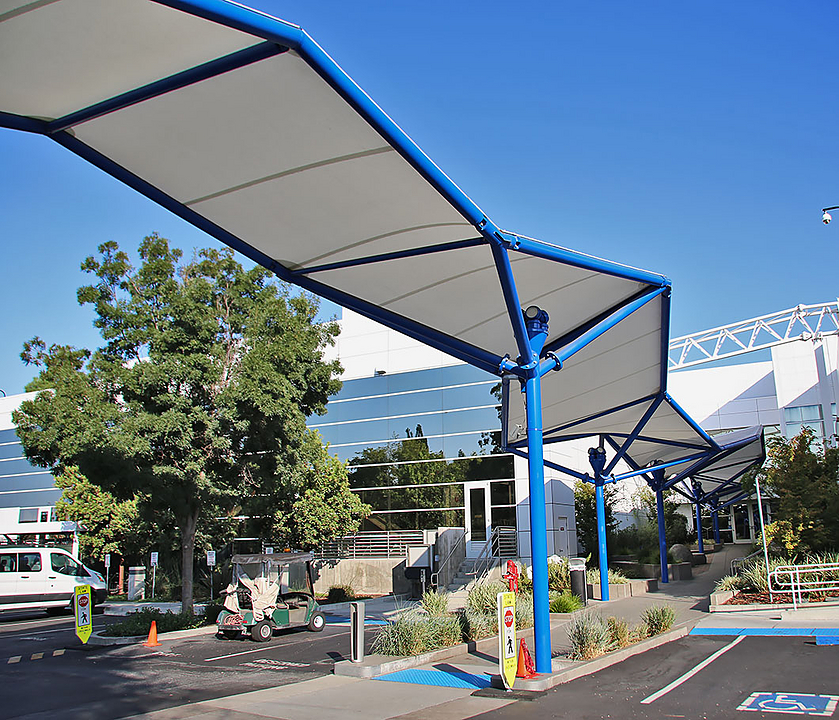 Barrel Roof Walkways
Barrel Roof Walkways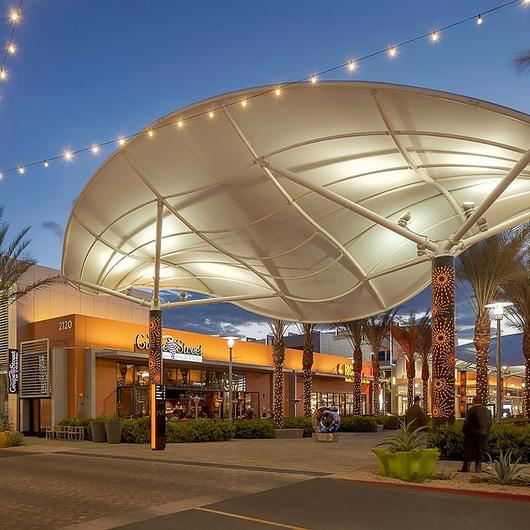 Canopy Membrane
Canopy Membrane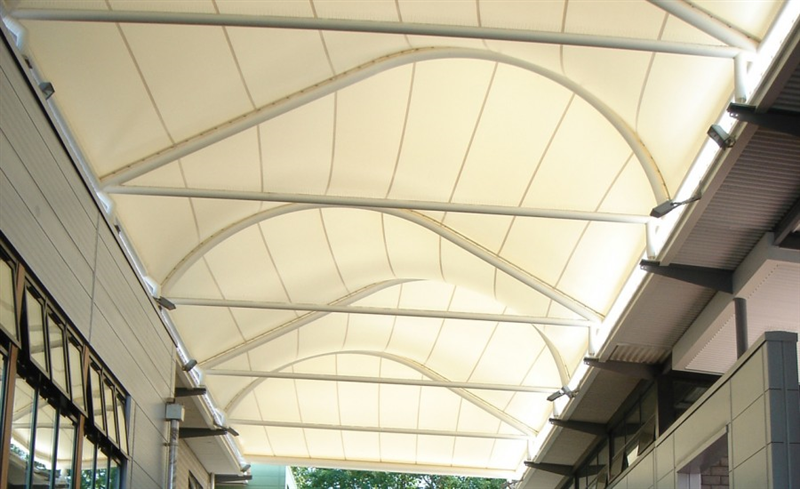 Atrium Tensile Architecture
Atrium Tensile Architecture School Tensile Structure
School Tensile Structure Shell Structure
Shell Structure Tensile Pavilion Architecture
Tensile Pavilion Architecture Interior Tensile
Interior Tensile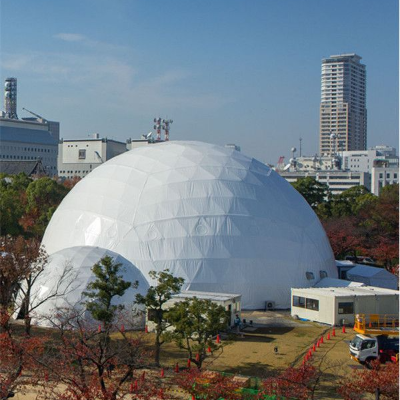 Tensile Dome
Tensile Dome Indoor Tensile Structure
Indoor Tensile Structure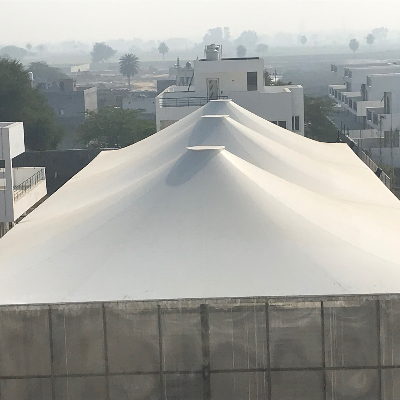 Tennis Court Tensile Roof Fabric Structure
Tennis Court Tensile Roof Fabric Structure Tensile Fabric False Ceiling and Stretch Ceiling
Tensile Fabric False Ceiling and Stretch Ceiling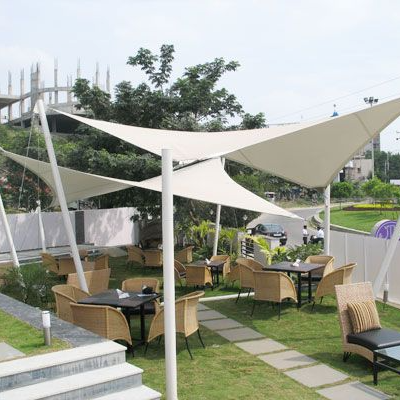 Tensile Structure Food Court
Tensile Structure Food Court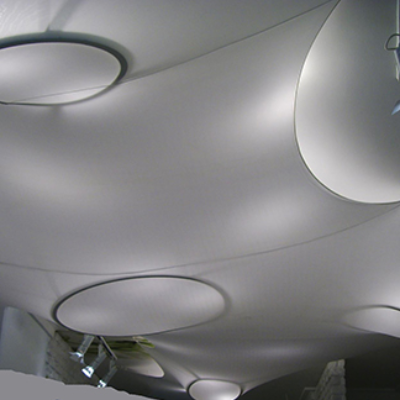 Tensile Stretch Ceiling
Tensile Stretch Ceiling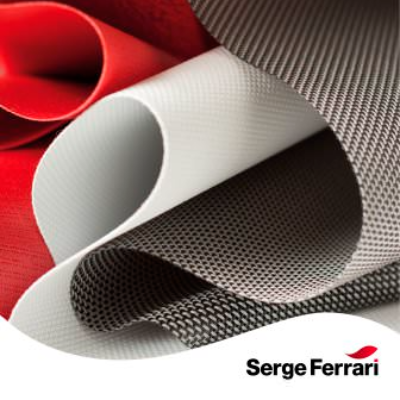 Serge Ferrari Fabric
Serge Ferrari Fabric Mehler Tensile Fabric
Mehler Tensile Fabric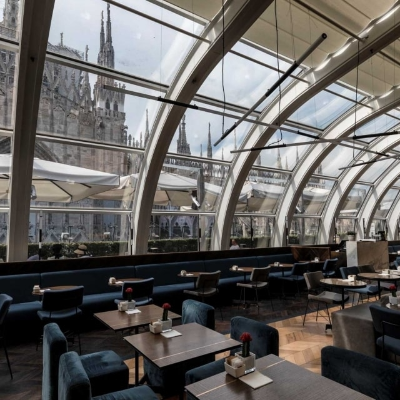 Acoustic Blinds
Acoustic Blinds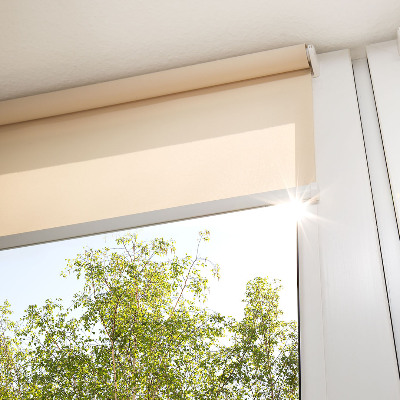 Roller Blinds
Roller Blinds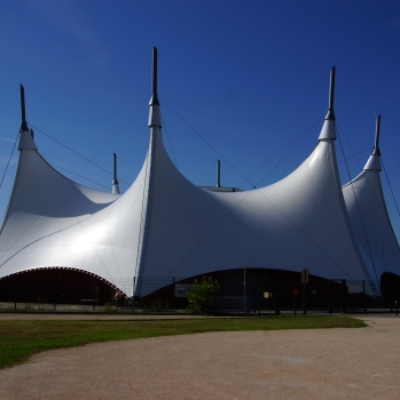 Mast Supported Tensile Structure
Mast Supported Tensile Structure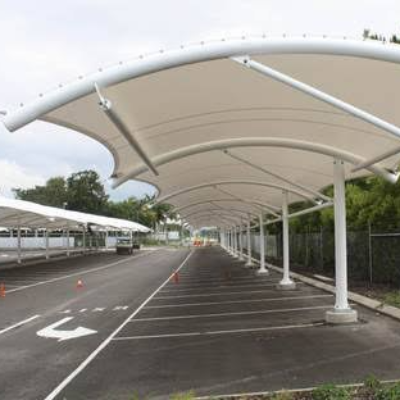 Barrel Vault Tensile Structure
Barrel Vault Tensile Structure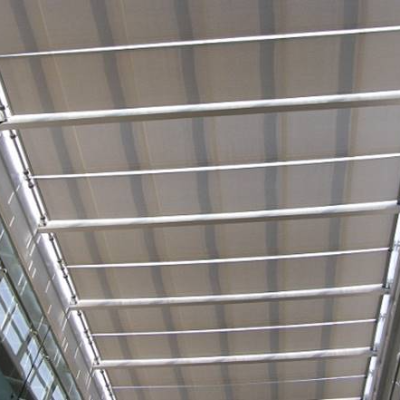 Parallel Tensile Structure
Parallel Tensile Structure